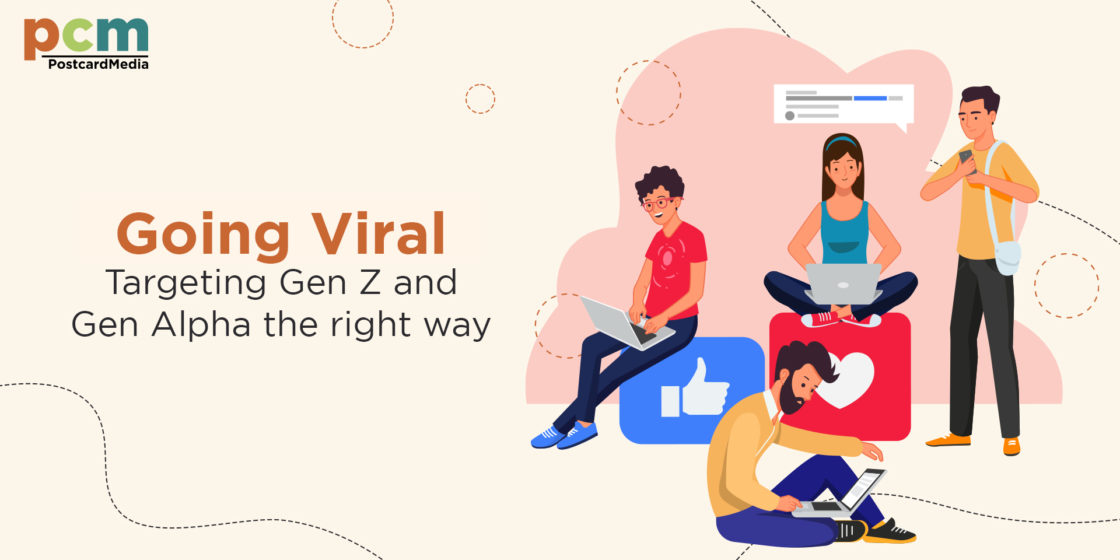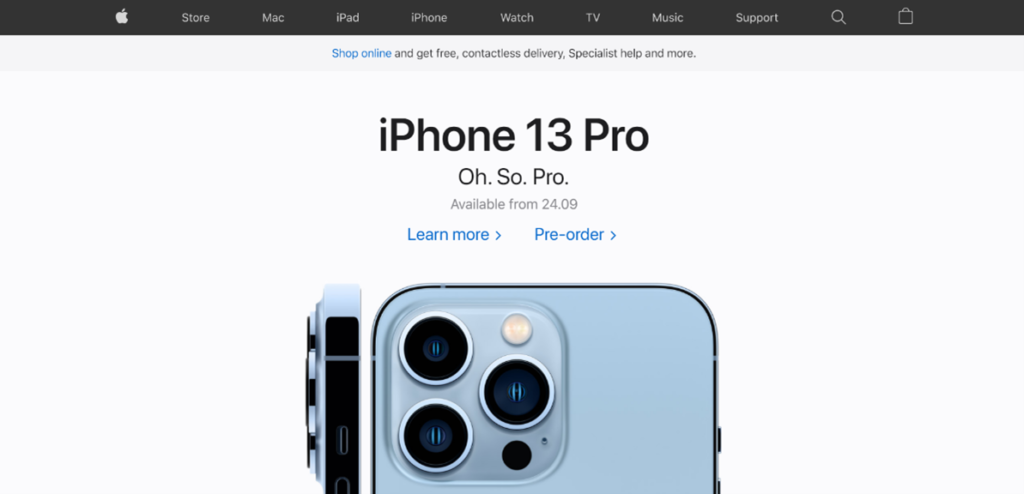Suhail Chagla breaks down how essential change management strategies are during times of change
The last few years have spawned decades of development, with technology driven by Artificial Intelligence potentially changing everything from minor processes to entire procedures, and in some extreme cases, entire industries. A report by PWC this year sheds light on expected trends from companies in the future implementation of new technology in their business model, with 54% of Indian companies already adopting the implementation of AI and analytical tools. Also expanded upon are the reasons given by the 38% of Indian businesses that do not plan the implementation of digital technology. The major reason is a need for company-specific planning.
Change is ever-present for most working professionals, but the people who determine the way that inevitable change presents itself are company leaders. Being a leader is no walk in the park, and the mysteries behind great leadership cannot be unveiled through a singular source. This makes recent times even more challenging, with a revolving door of operative shifts across the globe coming through, each with far-reaching implications. The requirement for both short and long-term strategy planning is prudent.
Some leaders may say that the adaptation shown by employees and companies alike in the last five years should be proof that change management shouldn’t be a major priority. While the adaptability demonstrated by employees and companies in recent years is commendable, it does not diminish the importance of change management. Change management remains crucial to navigate complexities, engage employees, address resistance, and ensure the sustainability of digital transformation initiatives.
Globally, North American-based businesses have led the pack in adopting generative AI, with statistics gathered by Mckinsey showing that the Technology and Marketing sector has primarily been proponents of generative AI tools, using them for personalised marketing content, summarisation, customer service, and analysing customer data to predict trends.
As someone working as an account manager in the marketing industry, I can understand why Marketing has leaned towards embracing AI. Applications in this sector specifically target key areas of our industry. A few uses quickly reveal that the “Novelty Impression” AI makes is perpetual.
The sluggish response of other industries has begun to raise concerns. It seems they are apprehensive, possibly due to a fear of not reaping significant outcomes from their investments, as reported by Deloitte in 2022. Other concerns include choosing the right AI technology and a lack of commitment from the C suite. Innovation and quick action have historically been the best way to survive in times of uncertainty, and leaders need to get the ball rolling now, as time dwindles.
Modern business has no place for complacent leadership
It comes as no surprise that the majority of recruiting decisions are made on the ability of an employee to adapt to unforeseen circumstances, shifting not only to day-to-day changes, but embracing the grander professional zeitgeist. Leaders aren’t exempt from this rule, but oftentimes complacency in an organisation’s leadership can stop them from seeing the bigger picture. An obstacle to introducing new technology into an organisation is lethargy brought on by outdated work culture, making it incredibly hard to perform strategies like scoping out your competition or communicating changes to management. As american psychologist Carol Dweck explains, fostering a culture built around a growth mindset leads to continuous learning, disrupting complacency.
Look at employees on a personal level
One of the many criticisms against organizational transformation is the lack of consideration for individual employee working styles, with a one size fits all method often being employed. In larger companies, it is excellent communication and sensitivity through managers that allow employees to smoothly transition to new technology. It is wise to understand an individual’s skills and limitations and take into account their preferences when it is time to bring change. Oftentimes, people will resist changing their traditional working methods and working alongside employees doesn’t just aid transformation, but builds upon employee loyalty.
Clear Objectives decide the success
As per the report by PWC given earlier, the biggest hindrance to the rapid implementation of AI is an inability to clearly understand how it will help your organisation. Instead of simply putting AI into practice and expecting general success, it’s much more practical having defined expectations that help you track the day-to-day progress. These expectations can range from a need to reduce customer service call time to make sure documentation isn’t as tedious.
Understand that transformation never ends
The enormous achievements of today will in all likelihood be considered yardsticks for tomorrow. Transformation is never ending, with constant tinkering needed to optimise it further. One of the best ways to achieve this is creating a committee that monitors analytics alongside focusing on the seamless adoption of future tech right away. Oftentimes, committees of this type are seen as slow-moving, bureaucratic machines, not focused on the real issues plaguing a company. The best way to make sure a committee gets moving is to include key stakeholders in it, people who directly oversee essential matters. Further empowering the committee by stressing the vital nature of their meets helps ideas flow.
Ultimately, Digital transformation is a necessity. It is difficult to administer a company overhaul, but the future is approaching fast. Leaders need to understand the sink-or-swim predicament emerging, with 2.2 to 4.6 trillion dollars worth of potential revenue on the table, organisations cannot sit back and simply observe.





